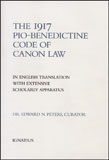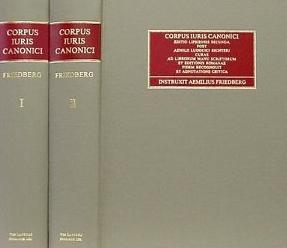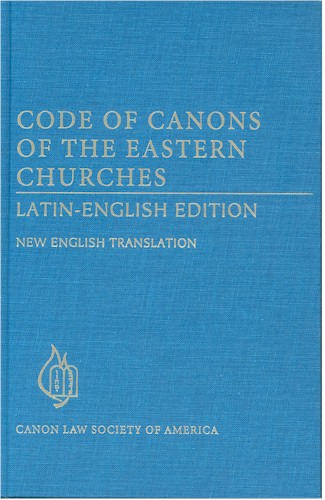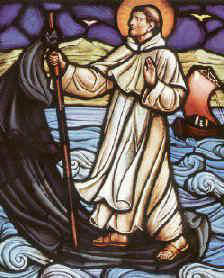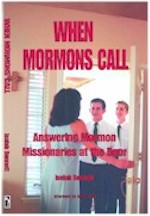|
To work for the proper implementation of canon law is to play an extraordinarily constructive role in continuing the redemptive mission of Christ. Pope John Paul II |
|
|
|
|
Resolution 1152 x 864 |
Updated 10 jan 2013 |
Review of Isaiah Bennett, When Mormons Call (Catholic Answers, 1999) 144 pp. |
|
Edward Peters, Review of I. Bennett, When Mormons Call (1999), in Catholic Faith (May-Jun 2000) =.
Also from Bennett, and very good, is:
|
These days, grass-roots relations between Catholics and Mormons are often cordial. When Mormon missionaries come to the door, they are neatly dressed and well-groomed. In my experience, they don’t "approach" until well into a conversation, a conversation that often enough won’t even take place if they detect inconvenience or impatience on the part of the resident. Moreover, at the public persona level, when one thinks of Mormons, one thinks of (besides the bright-eyed missionaries) Donny and Marie Osmond, the Mormon Tabernacle Choir, and wholesome television ads. Catholics, therefore, tend to give little thought to Mormonism and when they do, it is with vaguely positive feelings. But there is, not to make too blunt a point about it, much more to Mormonism than meets the eye.
For example, Mormon missionary activities are not limited to sending pairs of kids out peddling around residential neighborhoods, but rather comprise a massive, and increasingly effective, international effort to bring thousands of people each year into the Mormon fold. Mormon pro-life sentiment might perdure at the individual level, but their religious leadership has quietly altered Mormonism’s abortion stance into one almost indistinguishable from that of mainstream anti-life America. Most importantly, though, at the level of theology, Mormonism withholds from public promotion, and from persons beginning their inquiries into the Mormon religion, numerous tenets of faith that will strike even nominal Catholics as, at best, internally inconsistent (such as official acceptance of divorce and remarriage), and at times, just kooky (for example, God the Father was once a human being, created by an older God, now living on a planet named Kolob).
Several years ago, Isaiah Bennett, then a Catholic priest, underwent a personal crisis of faith and left not only active ministry, but the Catholic Church itself. He left the Church not for empty atheism or monetary self-promotion, but rather for the superficially attractive facade of Mormonism. Bennett moved up steadily through the stages of Mormon initiation, and reciprocated the many kindnesses he received from their hands by applying himself to a careful study of Mormon faith, eventually becoming an apologist for Mormonism. As time passed, though, he was unable to sidestep any longer the intellectual and apologetical contradictions inherent in Mormonism, and he left their fold. He returned to the Catholic Church, sought and received legitimate laicization from the clerical state, and now lives a quiet life of writing. He neither hides nor boasts about his lapse from the Catholic Faith but, to borrow a metaphor, his book When Mormons Call surely qualifies as a silver lining to that cloud.
Beginning with a brief, accurate, and charitable “Overview” of Mormon missionary methods, Bennett examines in this very manageable volume some two dozen key points of Mormon faith in light of Catholic truth. His topics include an explanation of who Mormons believe Jesus Christ was (for example, besides being a subordinate God, Mormons believe that Jesus is Satan’s spirit-brother), who Joseph Smith was (the founder of Mormonism who died participating in a jail house shoot-out in 1844), and what those majestic white Temples are for (attendance therein is the only way for Mormons to attain “salvation,” but only about one Mormon in five is eligible for temple admission, and many do not return after their first visit), and so on.
Bennett’s chapter on the “Book of Mormon,” to take some time with just one example, runs a little over 12 easy-to-read pages. In the Book of Mormon, Bennett explains, there is supposedly contained the history of a huge Hebrew civilization in the Americas, allegedly present for over 1,000 years until a cataclysmic battle resulted in the death of hundreds of thousands of people around the year 421. Of course, not a shred of independent evidence that the Hebrew race spent a millennium in America has ever been found. Nevertheless, the history of this civilization was supposedly written on some large golden tablets that the religiously-confused (my words, not Bennett’s) young Joseph Smith claimed to have found buried one day in a New York field. These tablets were never seen by anyone but Smith—notwithstanding a few people who claimed to have seen them in a vision, and a few others who claimed to have “hefted” something big and wrapped up in a burlap sack, something that Smith asserted were the tablets and since then they have been carried off by an angel. In any case, Smith claimed the tablets were written in what he called “Reformed Egyptian” (a language unknown then and now to any linguist or Egyptologist). According to most accounts, Smith translated the text by putting a rock in his hat, covering his face with it, and waiting for words to appear on the stone, which he in turn dictated to a secretary et voila, "The Book of Mormon". If it were not for the fact that a large religious group takes this story quite seriously, one might be inclined to write the whole thing off as a Mark Twain yarn.
Bennett, for his part, fairly notes that some prominent Mormon scholars doubt the story of the Golden Tablets. They find it simpler to attribute the alleged histories to Smith’s active imagination and his passing familiarity with the King James Bible style of prose, and that in any case nearly all of the modern marks of Mormonism (including polytheism, essential but secret rituals for salvation, and even abstinence from coffee and tea) were added well after the Book of Mormon came into existence. Even its subtitle, “Another Testament of Jesus Christ,” was only added in 1981 in an attempt to make the work seem more Christian.
Bennett’s book is easy to read and easy to use. There is no hint of bitterness, and certainly no “expose” of bizarre Satanic rituals and so forth because, as Bennett states, there are no such things in Mormonism. Rather, Mormonism comes across rather plainly as a hodge-podge of nineteenth-century American semi-Protestantism, blended with Smith’s own muddled theology, and sustained by an inarticulate (and ultimately ineffective) reaction against certain vices, real or perceived, of modern America in particular, and the western world in general. Bennett’s goal is not simply to point out the complete inability of Mormonism to answer man’s greatest needs, but to remind others what he himself forgot for too long, namely, that Christ and his Church are the only true refuge for lost souls.
|

